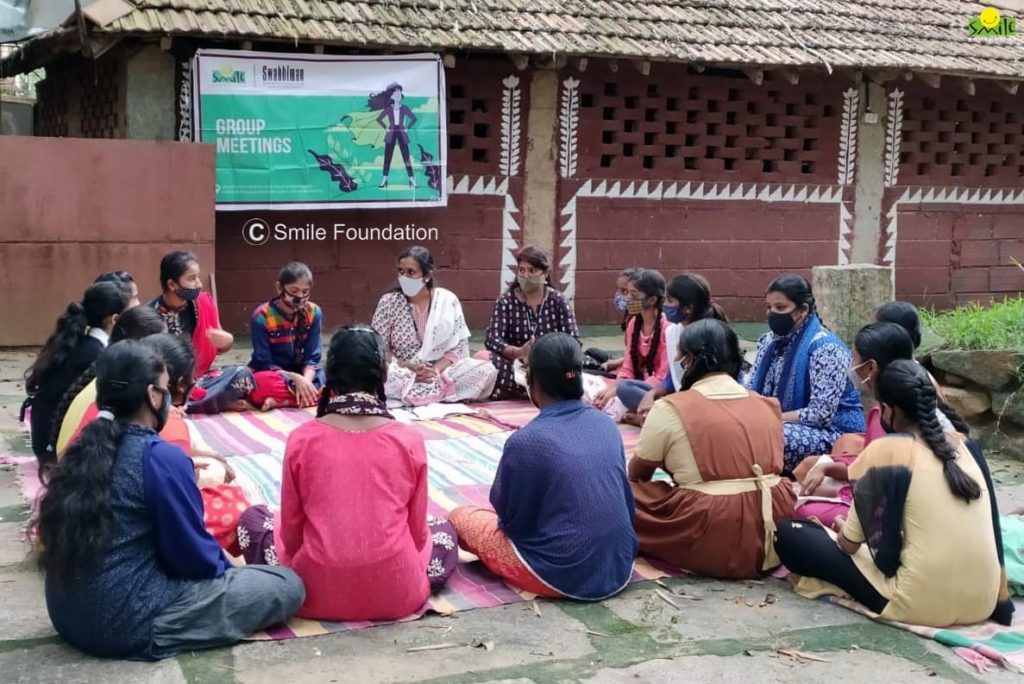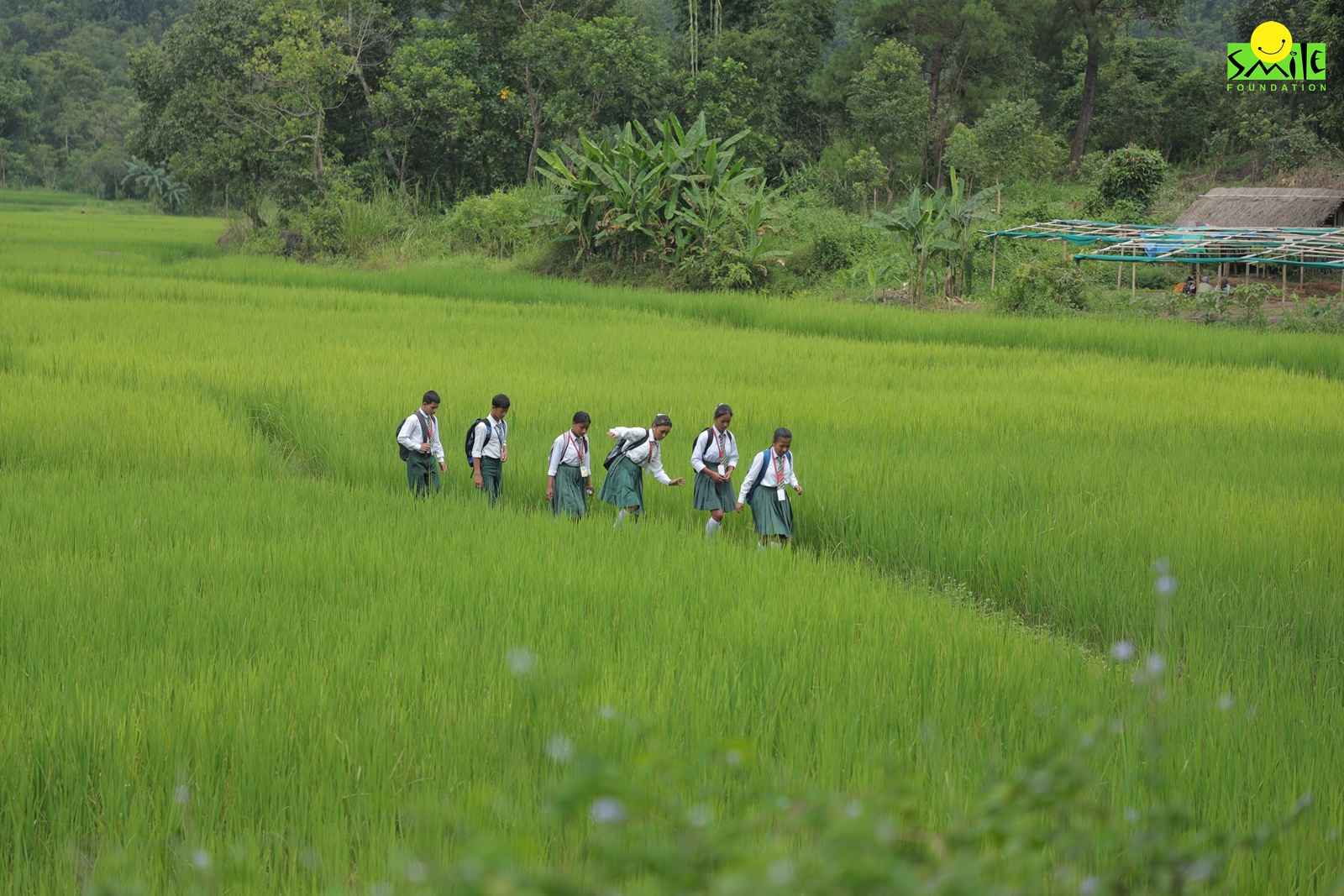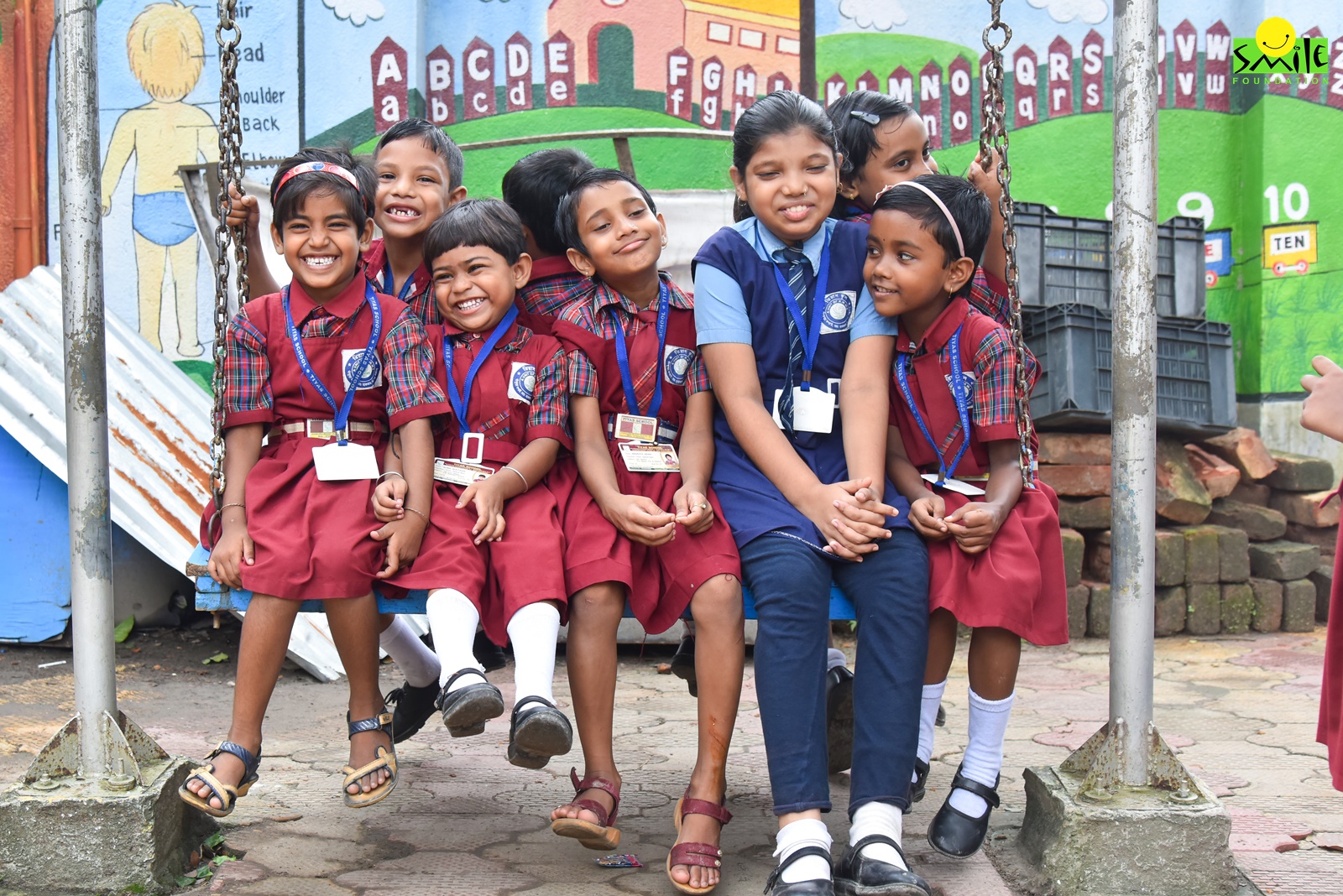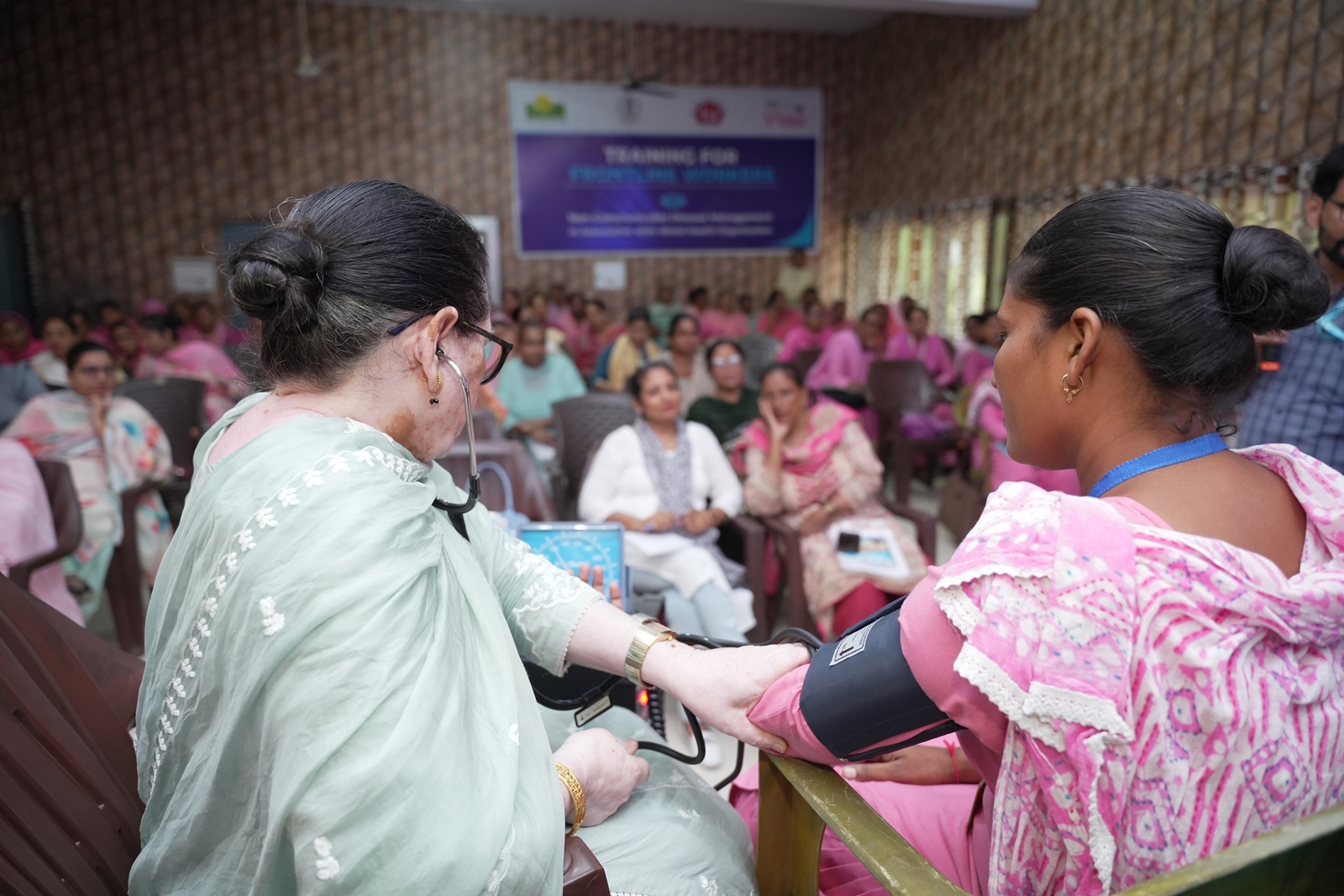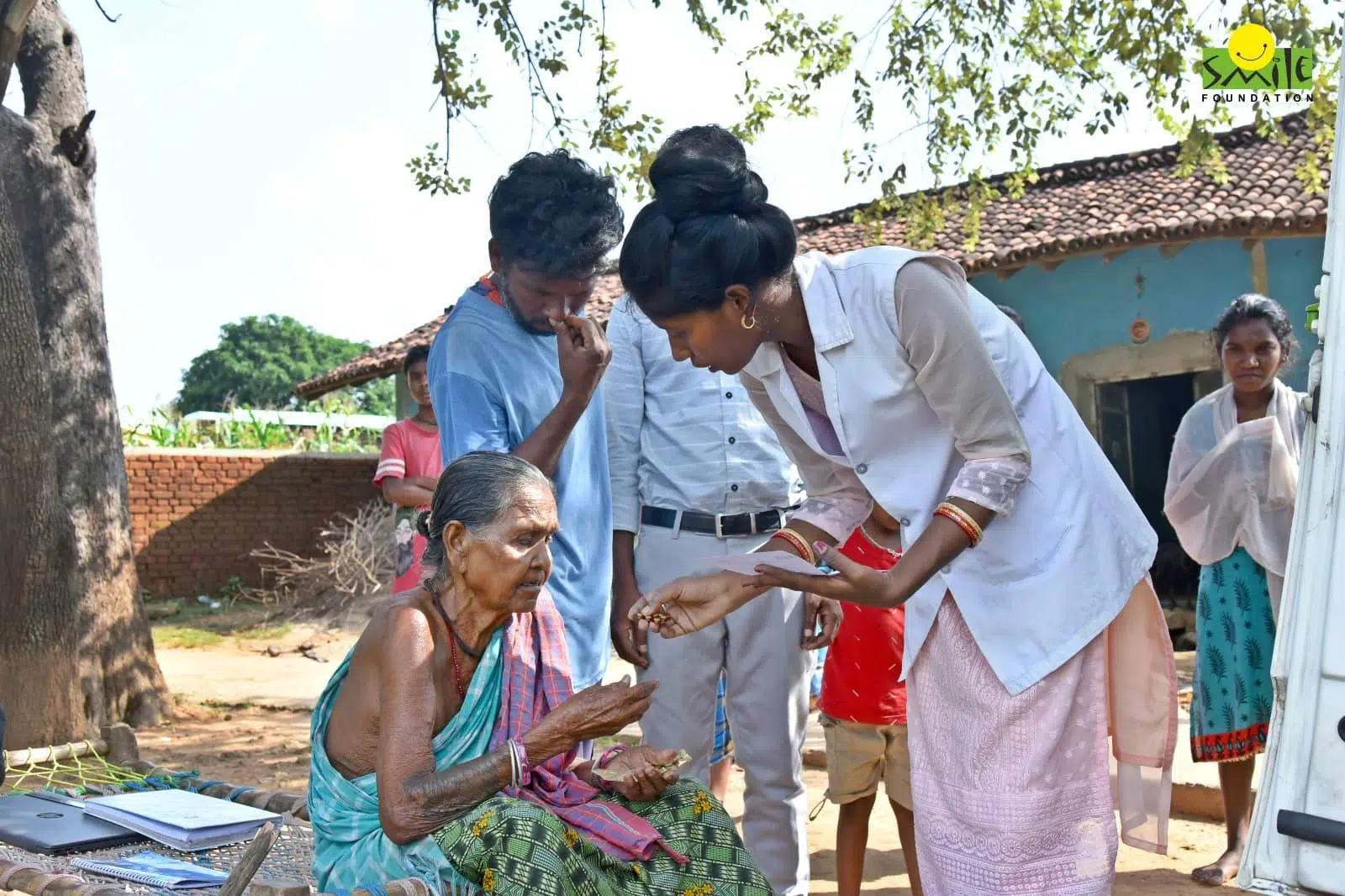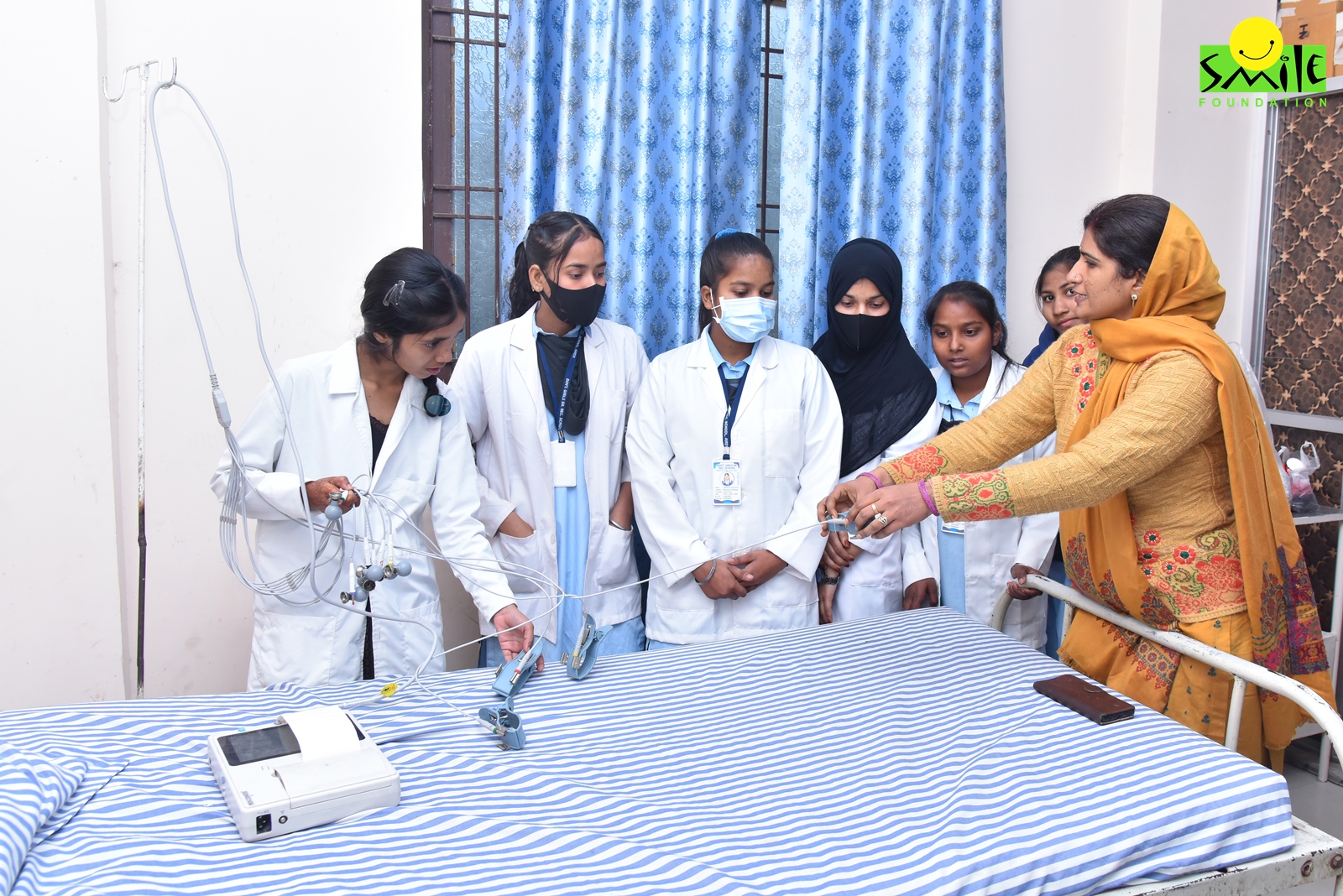The Integrated Child Development Services (ICDS) of India has long been at the forefront of early childhood care and education (ECCE) and healthcare. Initially envisioned to be led by Anganwadi Workers (AWWs), ICDS aimed to address the critical early years of child development influenced by health, nutrition and quality of care, coupled with the psycho-social environment. However, challenges such as conflicting roles, inadequate infrastructure and the absence of holistic learning environments had hindered the effectiveness of the programme in the past.
The Need for Reimagining Anganwadis
The first six years in the life of a child are important for brain development. Malnutrition during these years has profound effects, leading to stunting and wasting. Moreover, socio-economic factors like income, habitat and access to basic services play a crucial role in creating a conducive psycho-social environment. Recognising these challenges, there is a growing need to reimagine Anganwadis, ensuring they serve as comprehensive community centers addressing health, education, and overall well-being.
Improving Anganwadis: A Multi-Sectoral Approach
To transform Anganwadis into Model Centers, a multi-sectoral approach is essential. This involves providing space, tools and facilities for community awareness, regular screening and immunisation activities. Better integration with Accredited Social Health Activists (ASHA), Auxiliary Nurse Midwives (ANMs) and Primary Healthcare Centers (PHCs) is crucial. The focus should be on creating a conducive environment for pregnant women, mothers, infants and the learning of children.
Community Engagement and Empowerment: Model Anganwadis emphasise community participation as a cornerstone. Regular meetings involving local panchayats, construction committees and other stakeholders provide a platform for dialogue. This inclusive approach fosters a sense of ownership within the community, making them integral to the success of the Anganwadi. Through development organisations, residents actively participate in projects, ensuring sustained relevance and impact.
Innovative Learning Tools: The introduction of technology-driven, kinesthetic learning tools has revolutionised early childhood education within these centres. Tablets with motion sensors enable interactive learning experiences, promoting physical activity while imparting valuable educational content. These tools cater to diverse learning styles, addressing the needs of kinesthetic learners often overlooked in traditional educational settings.
Sustainable Energy Access: Model Anganwadis prioritise self-sustainability. A solar-powered system not only provides clean energy for essential utilities such as LED lights and fans but also facilitates technology-enabled learning. The integration of solar energy aligns with the broader goal of environmental awareness, contributing to a community-wide understanding of conservation practices.
Interactive Spaces for Creativity: The physical infrastructure itself becomes a learning tool, fostering creativity and engagement among children. Walls adorned with pictorial stories on basic knowledge themes like colors, alphabets, numbers and animals create a stimulating environment. Dedicated spaces for tablet-based learning and group activities ensure a multifaceted educational experience.
Water and Sanitation Initiatives: In tandem with promoting health and nutrition, Model Anganwadis focus on water conservation and sanitation practices. Incorporating dry compost toilets and recycling water for gardening align with the educational aspect, instilling habits of environmental responsibility from an early age. Awareness campaigns educate families on the interlinkages between nutrition and Water, Sanitation, and Hygiene (WASH), fostering a healthier community.
Activities to Enhance Model Anganwadis
By enhancing these activities, Model Anganwadis transcend conventional expectations, embodying a transformative vision for early childhood care and education. The integrated efforts across various domains create a sustainable model that not only meets immediate needs but also paves the way for a brighter and healthier future.
- Building as a Learning Aid: Incorporate local language content and digital technology as learning aids. Utilise different methodologies to cater to various learning styles.
- Improved Visual Learning Aids: Enhance visual learning aids, making them more impactful and relevant to the community.
- Incentivization and Training: Provide incentives and aid for the work of AWWs, Anganwadi Helpers, ASHA and other stakeholders. Introduce newer and more relevant teacher training content and delivery models.
- Financial Planning: Develop budgets for Model Anganwadis, considering initial capital and operational expenses. Identify sources and allocate resources efficiently.
The goal is to create Model Anganwadi centres with replicable processes and models. These centres should have all necessary tools and services for the well-being of pregnant women, adolescent girls, newborns and new mothers. The infrastructure should support better education and activities, ensuring holistic growth for children aged 0-6, making them school-ready and healthy.
Potential Impacts of Model Anganwadis
The visionary concept of Model Anganwadis extends far beyond immediate improvements, envisioning lasting impacts on the community, individuals and the broader socio-economic fabric.
- Transformative Early Childhood Education: The foremost impact lies in transforming early childhood education. By integrating technology, motion-based learning and interactive spaces, Model Anganwadis redefine how children in the 0-6 age group experience education. This approach not only prepares them for formal schooling but also instills a love for learning and curiosity that lasts a lifetime. The holistic development of cognitive, motor and socio-emotional skills positions these children as confident contributors to society.
- Community Empowerment and Ownership: Model Anganwadis act as catalysts for community empowerment. Through active engagement in decision-making processes, local panchayats, construction committees and development organisations become champions of change. This sense of ownership ensures the sustainability of initiatives, fostering a collaborative spirit that extends beyond the physical boundaries of the Anganwadis. As community members actively participate in projects, the seismic effect of empowerment permeates various aspects of their lives.
- Improved Health and Nutrition: The model focuses on the overall health and nutrition of the community, with a particular emphasis on pregnant women, lactating mothers and children aged 0-6. Regular health check-ups, proper nutrition and awareness campaigns contribute to a decline in malnutrition indicators. Mothers are equipped with the knowledge to make informed dietary choices, breaking the cycle of intergenerational malnutrition.
- Enhanced Roles and Opportunities for Women: The involvement of women as Anganwadi workers, helpers and active participants in community-led projects fosters gender inclusivity. It provides a platform for skill development, opening avenues for economic opportunities. Women emerge as leaders within their communities, challenging traditional norms and contributing to the broader discourse on women empowerment.
- Environmental Consciousness: With an emphasis on sustainable practices, Model Anganwadis nurture a generation cognisant of environmental conservation. The integration of solar energy, water recycling and awareness campaigns fosters a sense of responsibility towards the environment. Children, mothers and community members become advocates for sustainable living practices, promoting a healthier and more environmentally conscious community.
Conclusion
In conclusion, the potential impacts of Model Anganwadis extend beyond conventional expectations, ushering in a new era where education, health and community development converge. This transformative model holds the promise of creating resilient, empowered communities that are equipped to navigate the complexities of the modern world while staying rooted in the principles of sustainable living and inclusivity.
Model Anganwadis like in Swabhiman programme of Smile Foundation represent a transformative step towards redefining early childhood care and education in India. By addressing challenges and implementing innovative solutions, these centers have the potential to become integral to the last-mile reach, empowering communities and fostering holistic development for the youngest members of society. As we celebrate progress, the journey does npt end here. The future holds limitless possibilities, and the Model Anganwadis will continue to be a catalyst for a healthier and more resilient community.



